Farm dams are artificial ponds used in agriculture to secure water for irrigation, stock and domestic purposes. They are a necessary resource to increase productivity by providing stock with adequate water, or irrigation to crops. Dams can also provide water for fire management and protection, or be used for recreation on hot summer days. You’ve likely seen this feature if you have driven in a regional or rural area, characterised by their circular shape and high walls to catch water flowing down through the landscape.
In Australia, there are now over 1,765,000 dams nation-wide, 650,000 of which are in the Murray Darling Basin, our largest watershed basin. If combined, these geographical features would cover half the area of Melbourne (~5,000 km2). Economically, the secure water that dams represent help to drive $17.7 billion in agricultural value. That’s about the same as the income from Australian exported beef. It is clear, now more than ever, we need to ensure our dams are sustainable.
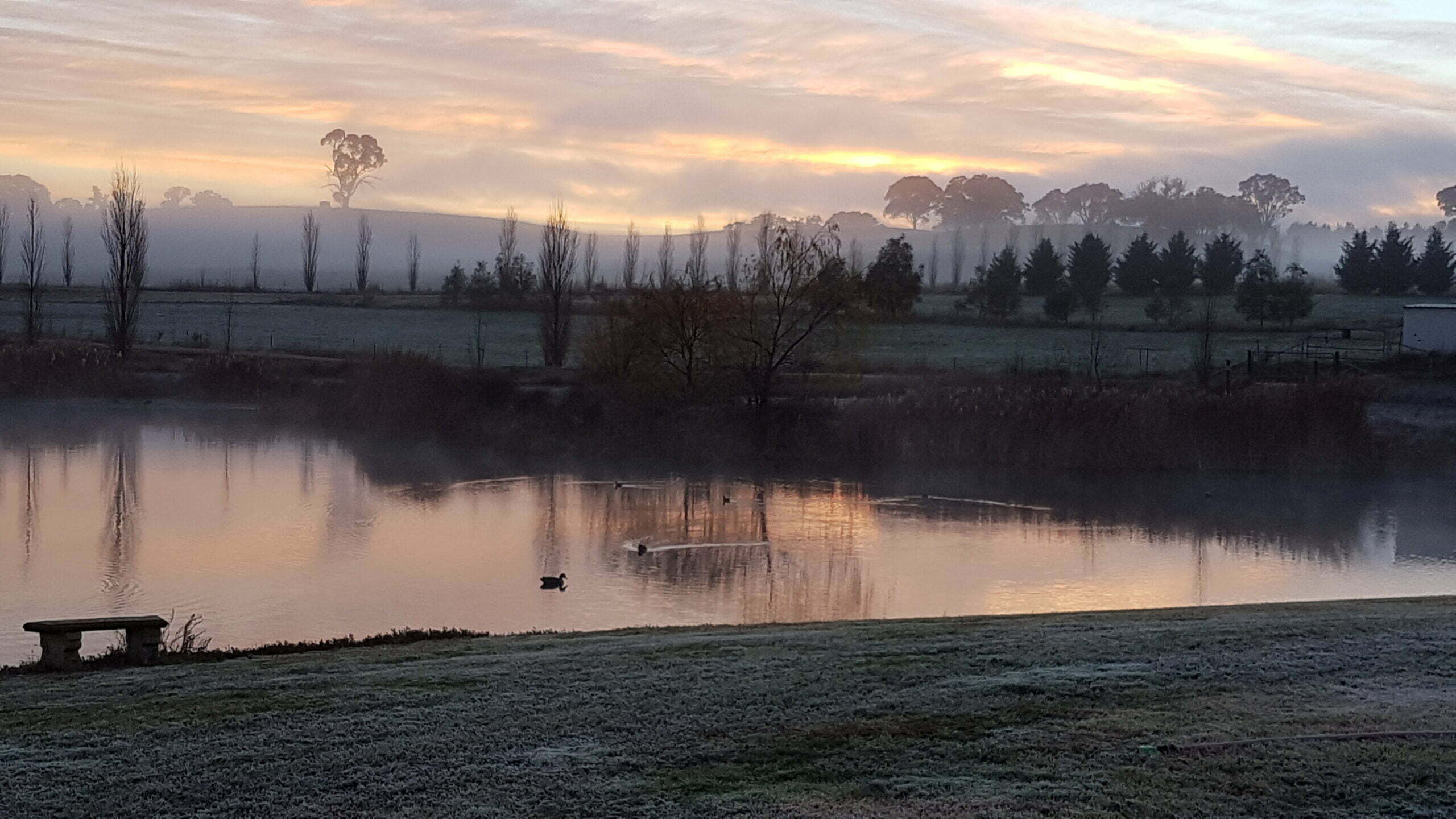
Over the last century, Australian dams have been dug bigger and deeper to keep up with on-farm requirements. This may be as a result of increasing stock numbers, decreasing natural water sources (wetlands, rivers, ponds, etc), or varied farm management strategies. Meanwhile, they hold incredible potential for clean stock and domestic water, native biodiversity and refuge for migratory birds if managed smartly. This article considers what a ‘sustainable dam’ might look like, alongside an easy-to-use sustainability checklist and recommendations for useful management techniques.
Traditional dams in Australia are the highest greenhouse gas (GHG) emitters of all freshwater ecosystems, producing the equivalent to 385,000 cars each day in Victoria alone.
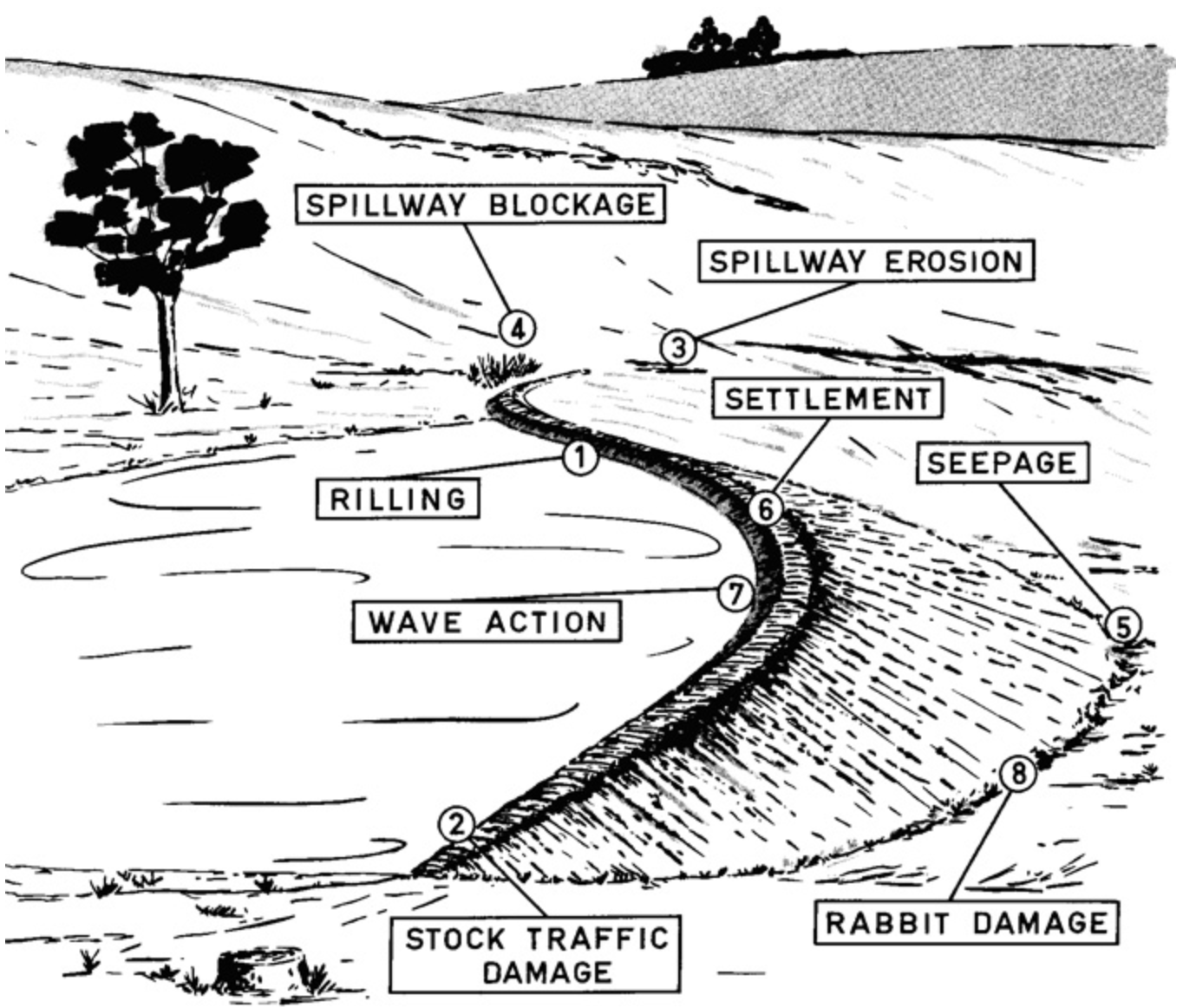
Traditional farm dams are directly used as uncontrolled water points for livestock, often cattle and sheep in Australia. These activities can lead to heavy dam pollution with urine, faeces, soil & vegetation disturbance, and causing erosion of the dam walls. This can be recognised as reduced ground cover, cloudy or discoloured water, and reduced stock health and resilience. Keep in mind that farm dams are also designed as mini-catchments, using the surrounding drainage lines and natural depressions to guide water for long-term storage. If dam walls are damaged by stock or erosion, your stock and property can be put in danger, as well as downstream properties.
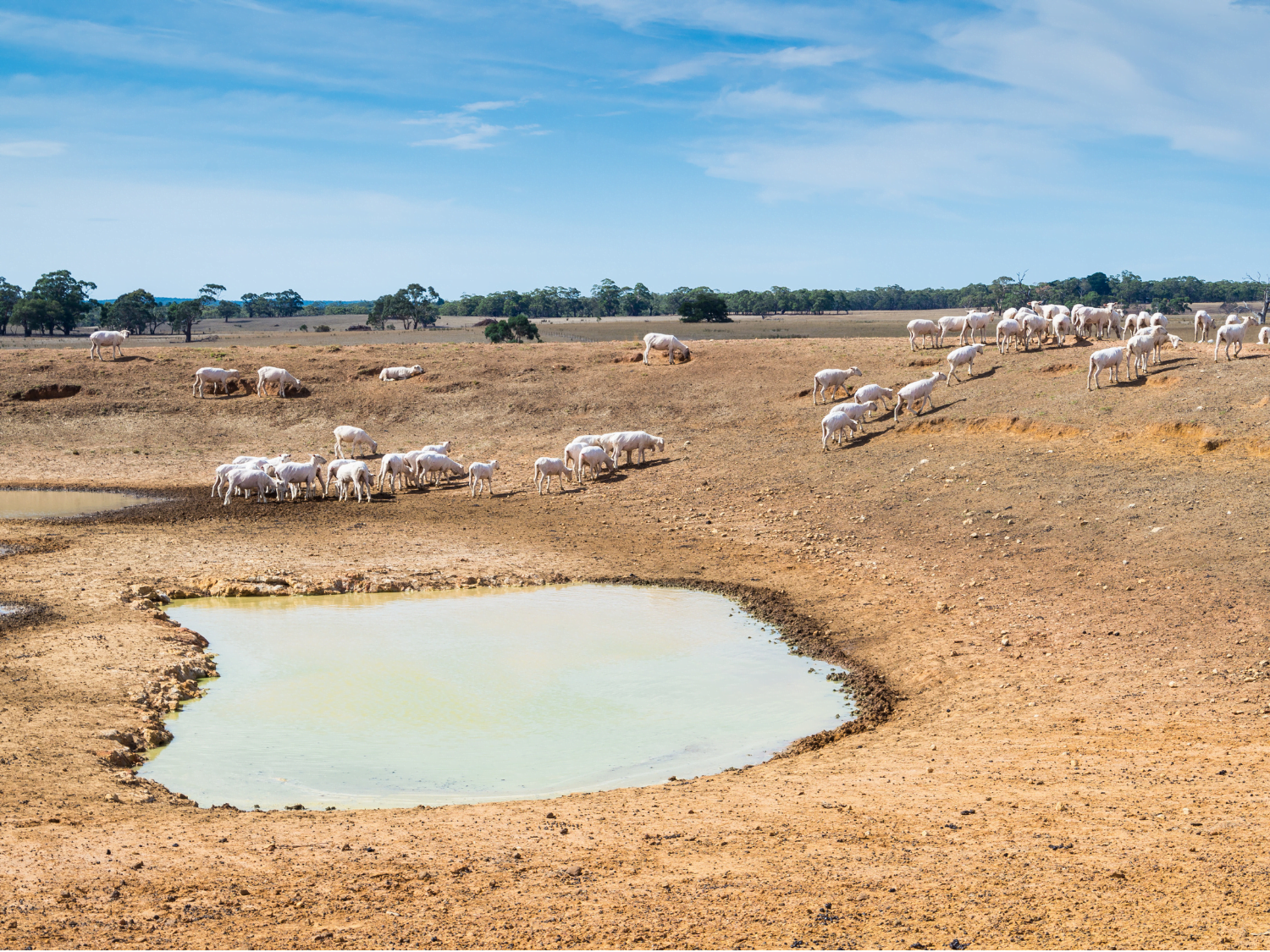
When it comes to making your farm dam sustainable, there are a few things to consider. The checklist below was developed by WaterNSW to engage landholders and build sustainability into working farms. These questions highlight important characteristics of sustainable dams, including healthy water, ground cover, stock access, biodiversity, spillways, evidence of pest species and erosion. No matter what condition your dams are currently in, there is likely room for improvement. Consider the state of dams on your property as you read through the following questions.
- How does the dam compare to the landscape around it?
- Is the water clean?
- Does your stock like drinking the water?
- Are the banks well vegetated and stable?
- Does the dam have a stable spillway?
- Are there any problems with silt, algae, weeds, or erosion?
Healthy dams, sometimes called ‘enhanced dams’, are system where banks have been intentionally vegetated and extensive ground cover is actively preserved. The photos below show the same dam before and after restoration works. At least 80% ground cover will help to hold the soil in place and avoid erosion in rainfall events. This can be achieved by controlling access to dams via fencing, allowing for a healthy barrier between stock and water’s edge (~10m is recommended). This space can then be used for native revegetation projects, acting as a wind-break, forming diverse habitat for birds and small animals, and stabilising the soil from further erosion. If you are considering revegetation projects, remember to avoid planting bushes or trees in the spillway as they may obstruct the movement of water. Perennial grasses with deep root systems are a good alternative here, helping to lock in soil, filter nutrients and slow water over the spillway. Finally, planting native reeds and rushes around dam inflows will help to filter water before entry.
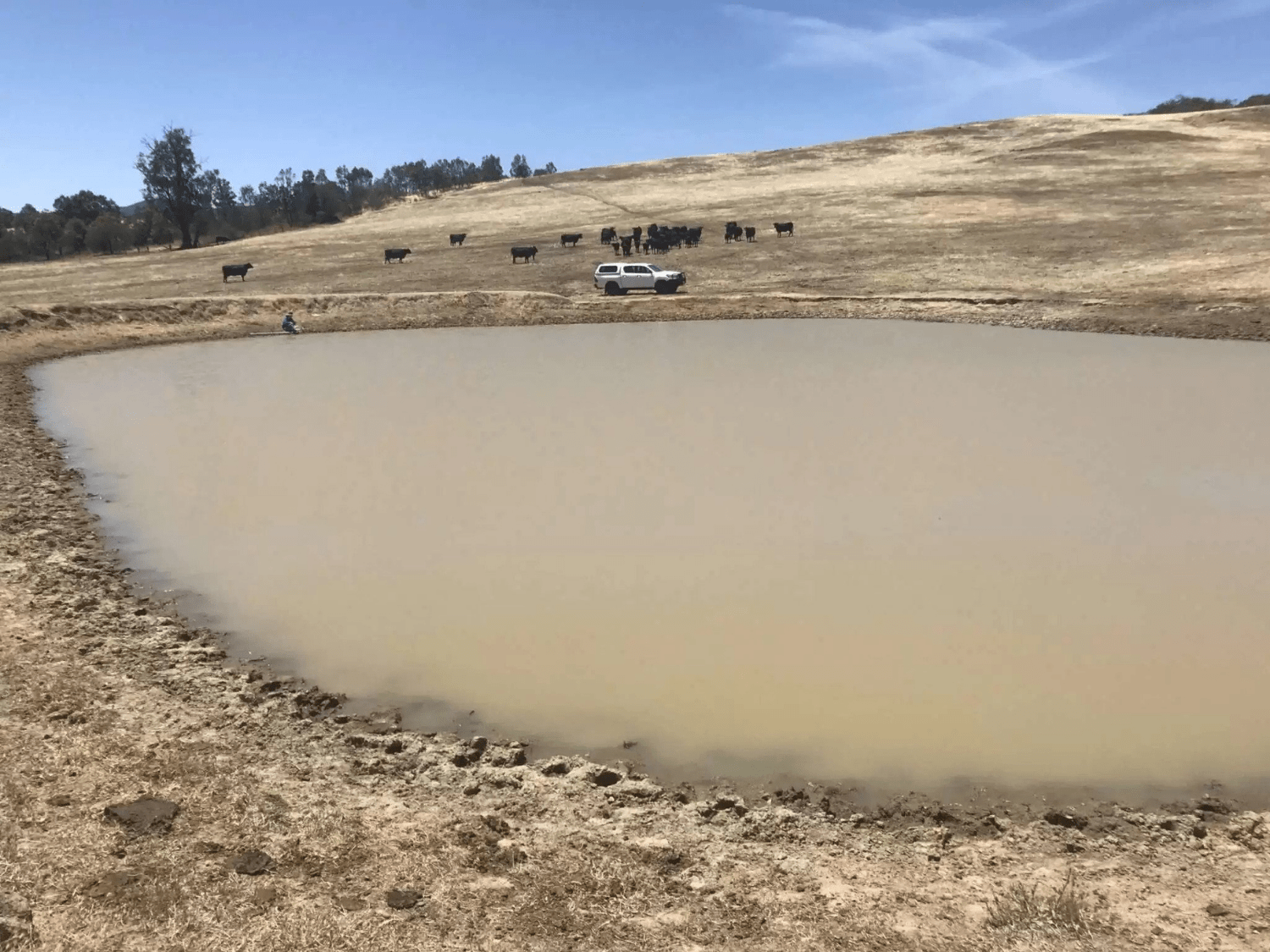
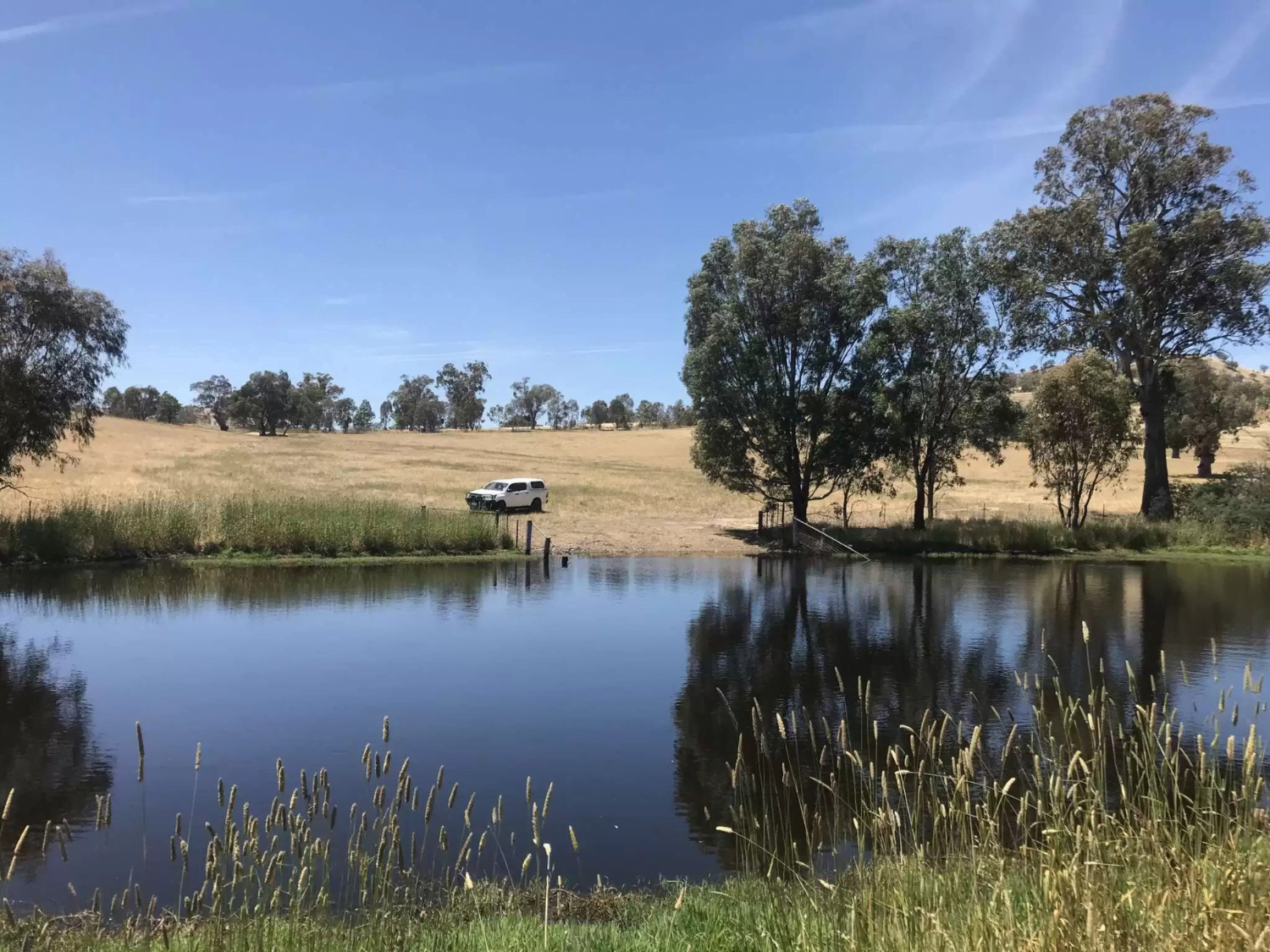
One of the biggest benefits of enhanced dams is water quality. Due to soil stabilisation and reduced stock impact, enhanced dams have lower nitrogen and turbidity levels, which are factors that can lead to algal outbreaks and animal health issues. Meanwhile, enhanced dams favour the ‘right’ kind of aquatic biodiversity, including native waterbugs, which is a positive sign of improved water quality. As one part of the ecosystem improves, others do, too. Surveys out of the Australian National University have seen enhanced dams filling the role of natural wetlands. This includes fostering small birds, platypus, frogs, rikali, heran, and wood ducks. Restoration is a virtuous cycle.
The ANU ‘Sustainable Farms’ initiative has created a handy list of native species to plant in and around your dam, encouraging native plantings for wider ecosystem health. Read more about it here. This species list is relevant to most Rivers of Carbon landholders, suiting environments from NSW South West Slopes, Central West, Murray-Riverina and North East Victoria.

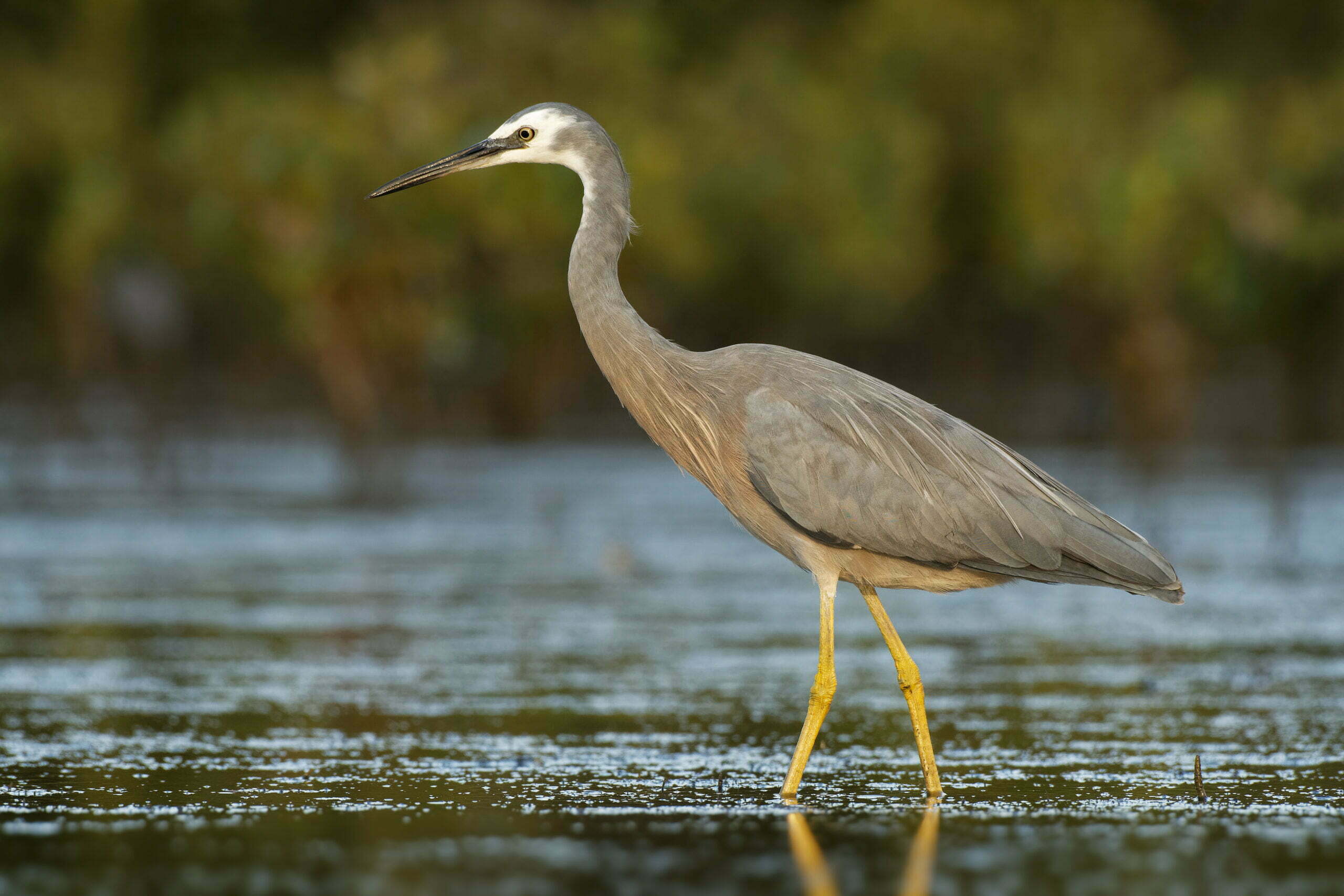

We hope this guide is useful in beginning or continuing on your journey of farm dam restoration. If you have any questions, or would like to discuss future restoration plans, please don’t hesitate to reach out to the RoC team using the contact details below.
This article used resources compiled by WaterNSW, Agriculture Victoria, ANU Sustainable Farms, NSW Local Land Services, and Blue Carbon Lab.
All images are courtesy ANU Sustainable Farms, Adobe Stock Images and Mikayla Hyland-Wood.
Contact one of our RoC team for more information:
Lori Gould, RoC Program Manager (right)
✉️lori.gould@arrc.com.au
📞0439 030 058
Mikayla Hyland-Wood Project Officer (left)
✉️mikayla.hw@arrc.com.au
📞0466 665 272


